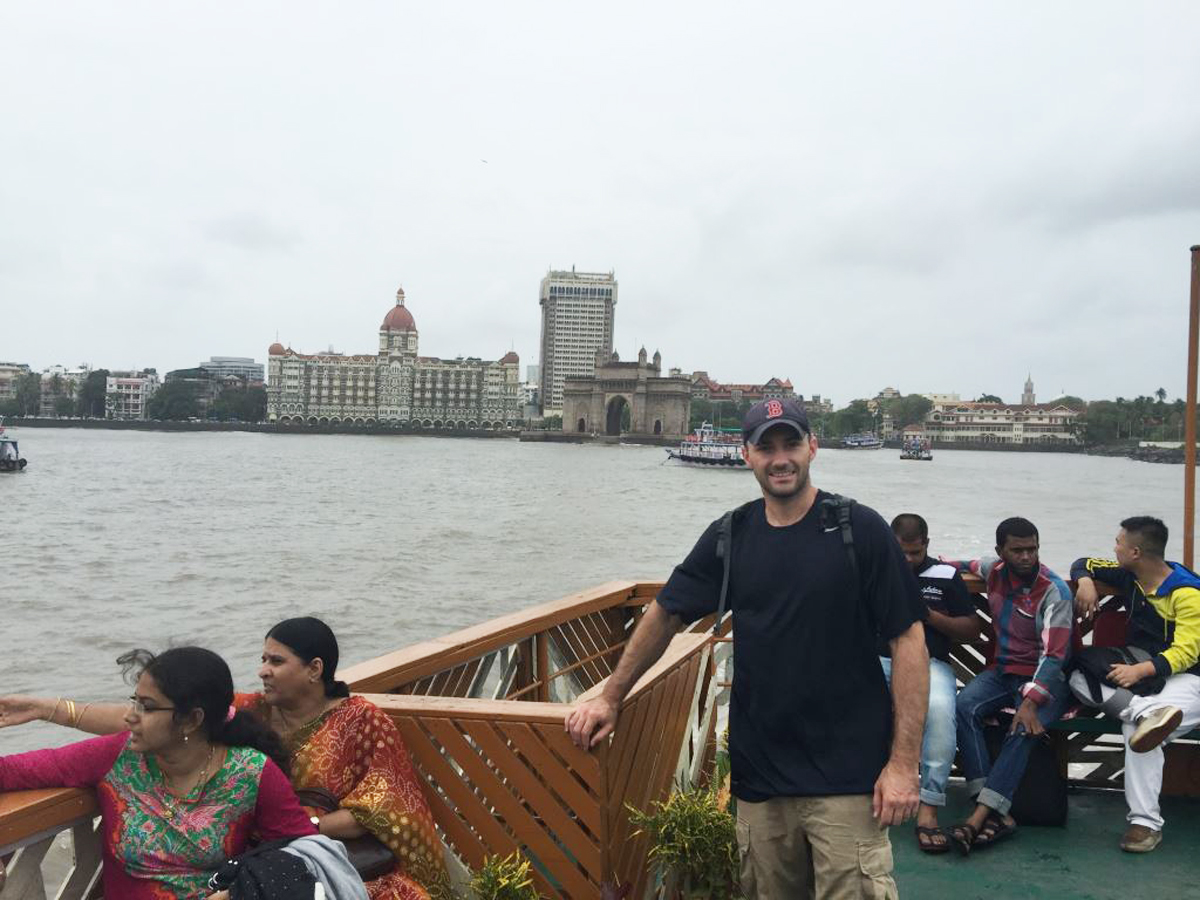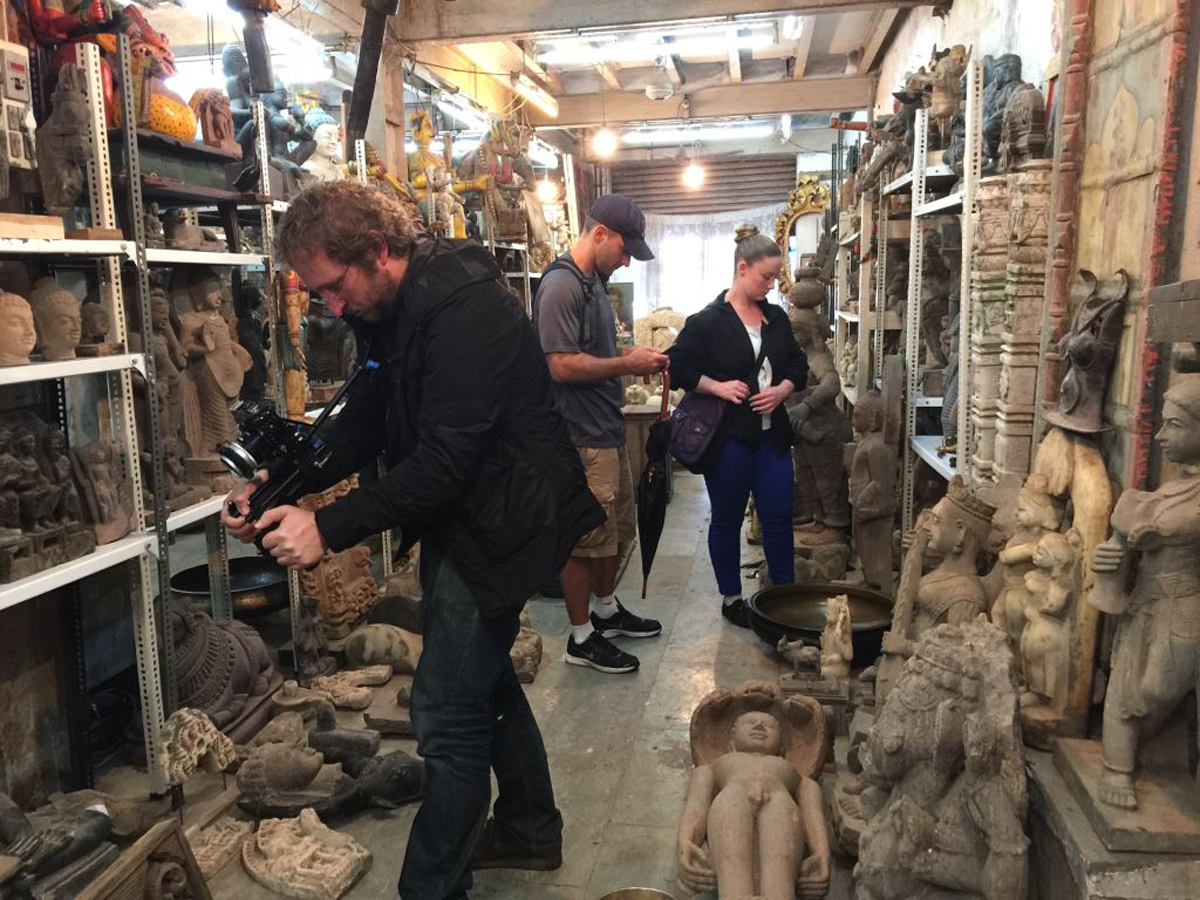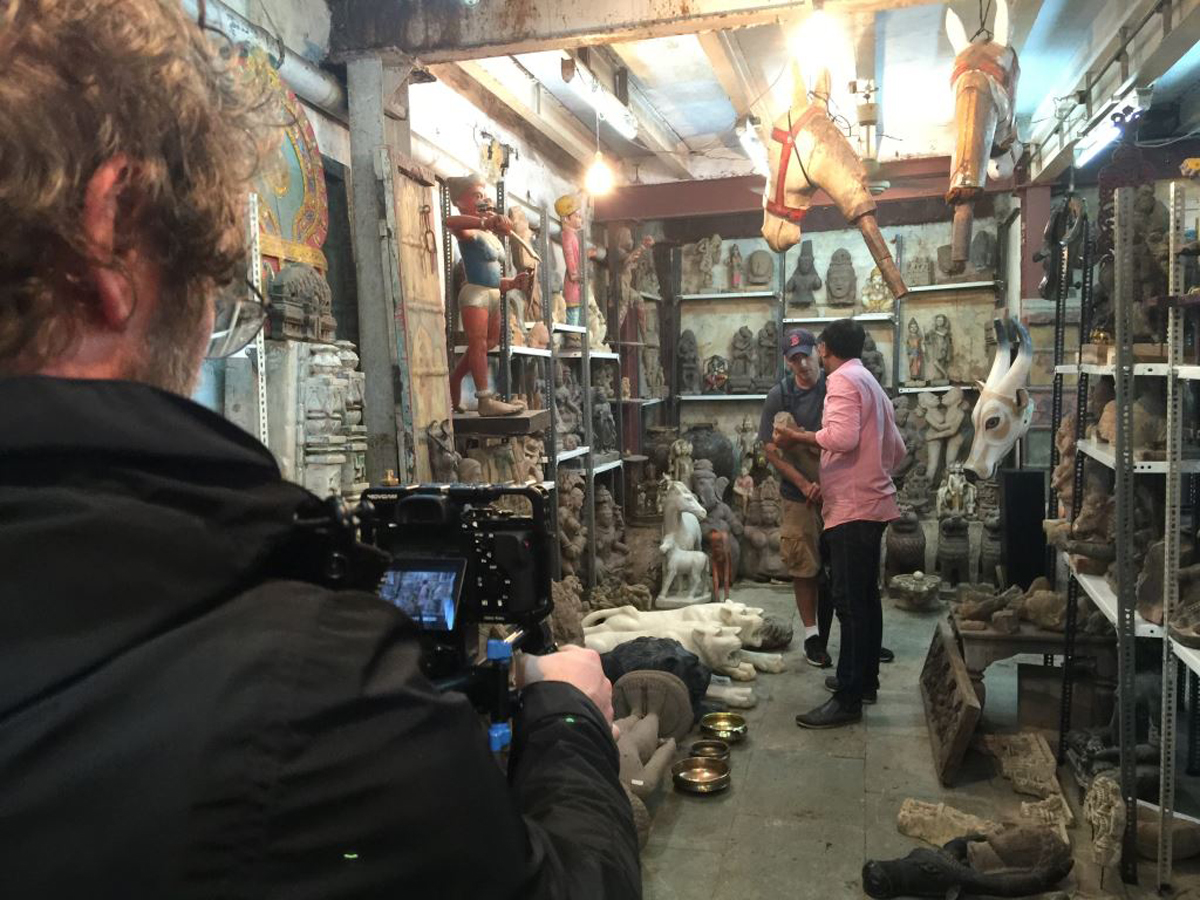Overview
U.S. Immigration and Customs Enforcement’s (ICE) Homeland Security Investigations’ (HSI) Special Agent Brent Easter is a self-described Indiana Jones, investigating crimes involving cultural property, art and antiquities and then working with experts to authenticate those items, determine their true ownership and return them to their countries of origin.
Much like the fictional character in the legendary series, Easter works to identify smuggled artifacts, determine the value of stolen coins and combat smuggling networks and transnational organizations.
It is a career he has dreamed of since his days at Brandeis University in Waltham, Massachusetts, where he studied anthropology and archaeology. Having since turned that dream into reality through his work with HSI’s Cultural Property, Art and Antiquities program, Easter recognizes he’s fortunate to come to work every day and do something he enjoys, while supporting ICE’s mission.
Easter’s efforts were recently highlighted in the film “Hidden Idols,” the latest installment of ESPN Films and FiveThirtyEight’s “Signals” series.
In “Hidden Idols,” producer and director Jason Kohn follows Easter as he tracks the black market sale of antiquities, tracing sacred artifacts stolen from a village in India to a store on Madison Avenue in New York City owned by Subhash Kapoor, described as one of the most prolific art smugglers in the world. According to Easter, the majority of the items being investigated appear to be Hindu deities. The primary pieces that Kapoor is specifically charged with stealing in India are Chola Bronzes. These are Hindu “Hidden Idols” that don't just symbolize the gods but rather they embody them. When a village loses such an idol, it is as if the village has lost a god and its members believe they could be cursed as a result.
“Like in the Indiana Jones move, ‘Temple of Doom,’ these are artifacts or idols that the people of India believe impact their daily lives,” Easter said. “Many of the idols we are investigating were stolen from Hindu temples that are thousands of years old in Tamil Nadu. We are still trying to locate some today and have traced many of these looted artifacts to locales, collections, institutions, and museums all around the world.”

Making the Film
Easter and Kohn attended college together at Brandeis University, where they shared a mutual friend. After falling out of touch in the years following their graduation, the mutual friend caught up on Easter’s adventures last year after reading about him online. The friend thought the article was interesting and emailed it to Kohn. However, after reading it, Kohn had a different idea.
Kohn was already in the process of pitching ideas to ESPN for its critically-acclaimed ”30 for 30” series. Subsequent to his meeting with Easter, Kohn met with ESPN primarily to present several sports-related stories. However, it was his decision to mention the potential story about his old friend from college who was living his dream as a new-age Indiana Jones that became the talk of the room.
“The second I told them about Brent, none of the sports stories mattered,” Kohn said. “This was the easiest sell of my entire life.”
FiveThirtyEight, a website founded by Nate Silver and owned by ESPN, uses statistical analysis to tell stories about elections, politics, sports, science, economics and life. The digital shorts “Signals” series explores stories where analytics and data meet to form compelling narratives. While the idea Kohn pitched featuring Easter lacked the sports angle, the fact that Easter compiles and analyzes tremendous volumes of data on importations and cultural property across the board was all the producers needed to hear.
“It really was the data that made this thing possible,” Easter said.
After receiving clearance from DHS and ICE, filming began in April and served as a gateway into the world of art smuggling. It was presented in a way that was both fun and cinematic and not the typical journalistic short piece.
For about six months, a film crew followed Easter from New York to India to meetings with the Indian consulate as he worked to uncover Kapoor’s cultural heritage trafficking scheme.
The 15-minute documentary also featured retired Port of Newark U.S. Customs and Border Protection Officer Domenic DiGiovanni.
From the moment Kohn sat down with Easter, his eyes were opened to a universe he had no idea about.
“We spent more than 10 hours on the plane to India just talking about this,” Kohn said. “So our relationship allowed me to get into more detail than most people could get at.”
Not only did the relationship allow Kohn to get inside access, but it allowed Easter to relax and be himself while being filmed for his first documentary.
“I pretty much had to do my work as I normally would and [a film crew] would once in a while show up. It wasn’t a heavy lift,” Easter said. “There were a couple of times where it was awkward, but I never really felt uncomfortable.”
According to Kohn, the film reflects the passion Easter has for the world of stolen cultural property and will show how much someone can achieve when he or she cares deeply about something.
“Every once in a while you get a story about people who genuinely care,” Kohn said. “To me, that was always the heart of the story. You had two people who came together to investigate this case because they cared.”

Combating Art Smuggling
Since 2007, HSI has repatriated more than 8,000 items to more than 30 countries. HSI plays a leading role in criminal investigations that involve the illicit importation and distribution of cultural property, as well as the illegal trafficking of artwork, specializing in recovering works that have been reported lost or stolen. HSI International Operations, through its 62 attaché offices in 46 countries, manages the program for the agency and works closely with foreign governments to conduct joint investigations.
“These are definitely major national transnational criminal organizations that we are taking on,” Easter said. “It’s not just one guy committing a crime. It’s a very sophisticated network.”
As HSI’s Cultural Property, Arts and Antiquities program has advanced, it has disrupted these networks while creating an effective playbook to combat smuggling activities moving forward. Part of that playbook includes awareness. According to Easter, combating the theft and illicit trafficking of cultural property must be a team effort. As more individuals and cultural institutions are made aware of the issue, they are becoming more interested and seeking ways to get involved. As a result, HSI experiences better compliance and cooperation from these institutions and other stakeholders.
There’s more work to be done as Easter and his team are still trying to locate some of the "hidden idols" in the Kapoor case. There are still several of pieces that need to be found, and this is one of many cases that need to be made. With hundreds of millions of dollars’ worth of illicit cultural properties at stake, protecting pieces of history that are more than 1,000 years old and tracking them back to their origin is a challenge.
It’s one that Easter and others are taking head on.
“A lot of guys are starting to get interested in this now that they know it’s there. Before it was something you really didn’t hear about,” Easter said.
Learn more about HSI’s cultural property, art and antiquities investigations. Members of the public who have information about suspected stolen cultural property are urged to call the toll-free tip line at 1-866-DHS-2-ICE or to complete the online tip form.
